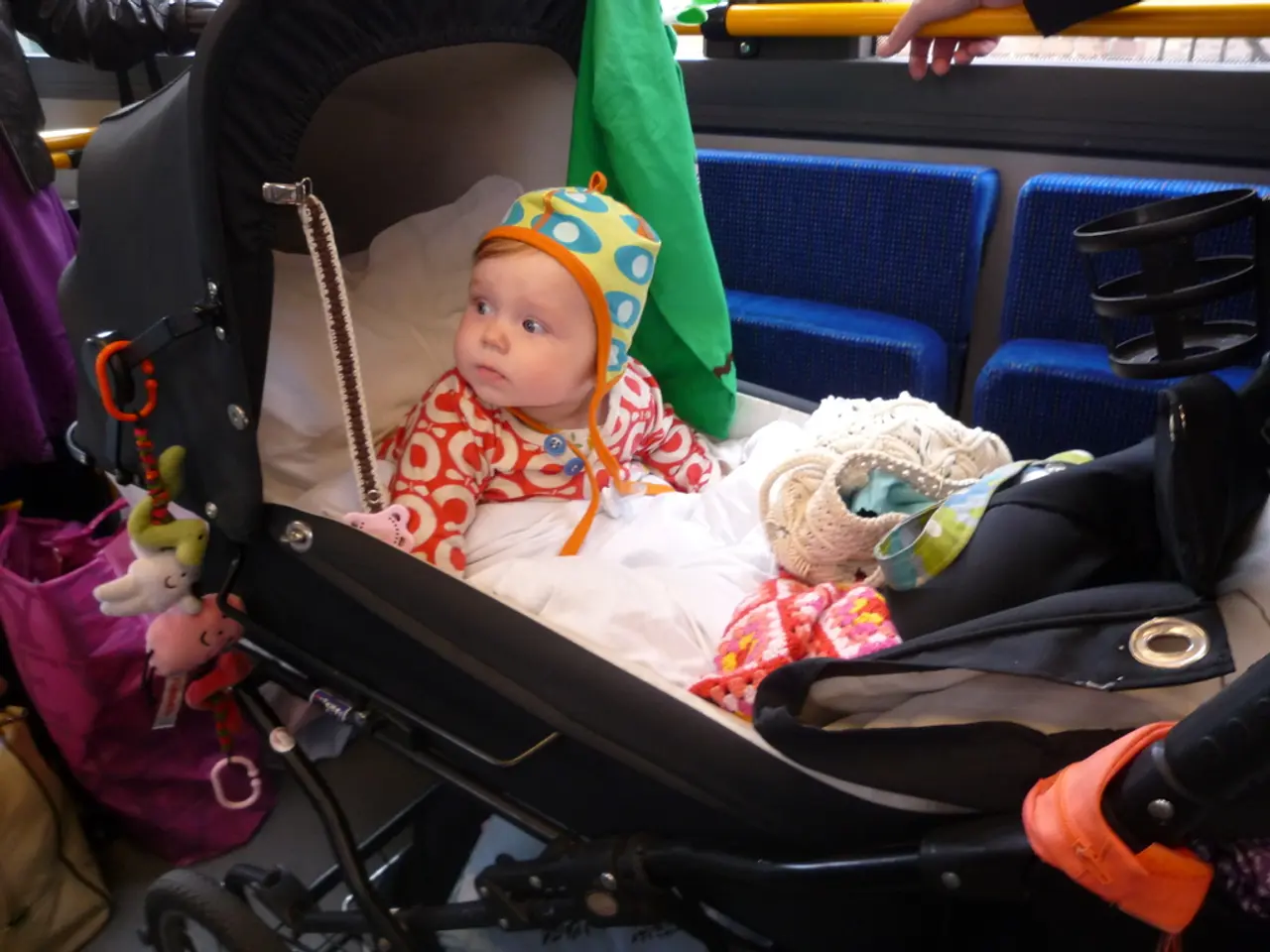Shoulder Dystocia: A Rare but Serious Childbirth Emergency
Shoulder dystocia, a rare but serious complication during childbirth, occurs when a baby's shoulders become stuck after the head has emerged. Physicians use the mnemonic 'HELPERR' to treat this emergency, with steps including asking for help and performing various maneuvers. This condition requires swift action to prevent potential complications.
Shoulder dystocia is an unexpected event, with no typical preventive measures. However, physicians can anticipate its possibility and plan accordingly. Risk factors include diabetes, large birth weight history, and certain labor conditions like induced labor or post-due date. Symptoms include the 'turtle sign', where the baby's head appears and then retracts. Diagnosis is made when the baby's head is visible but the body can't be delivered despite maneuvers.
Physicians use the 'HELPERR' mnemonic to treat shoulder dystocia: Help, Evaluate for episiotomy, Leg maneuvers, Pressure on the suprapubic area, Entire and Roll maneuvers, and Remove the posterior arm. These steps aim to quickly deliver the baby and prevent complications.
Shoulder dystocia is a serious emergency that can lead to complications like excessive bleeding, baby's injuries, or tissue tears. However, with prompt action using the 'HELPERR' mnemonic, most babies recover fully, with less than 10 percent experiencing permanent complications.





